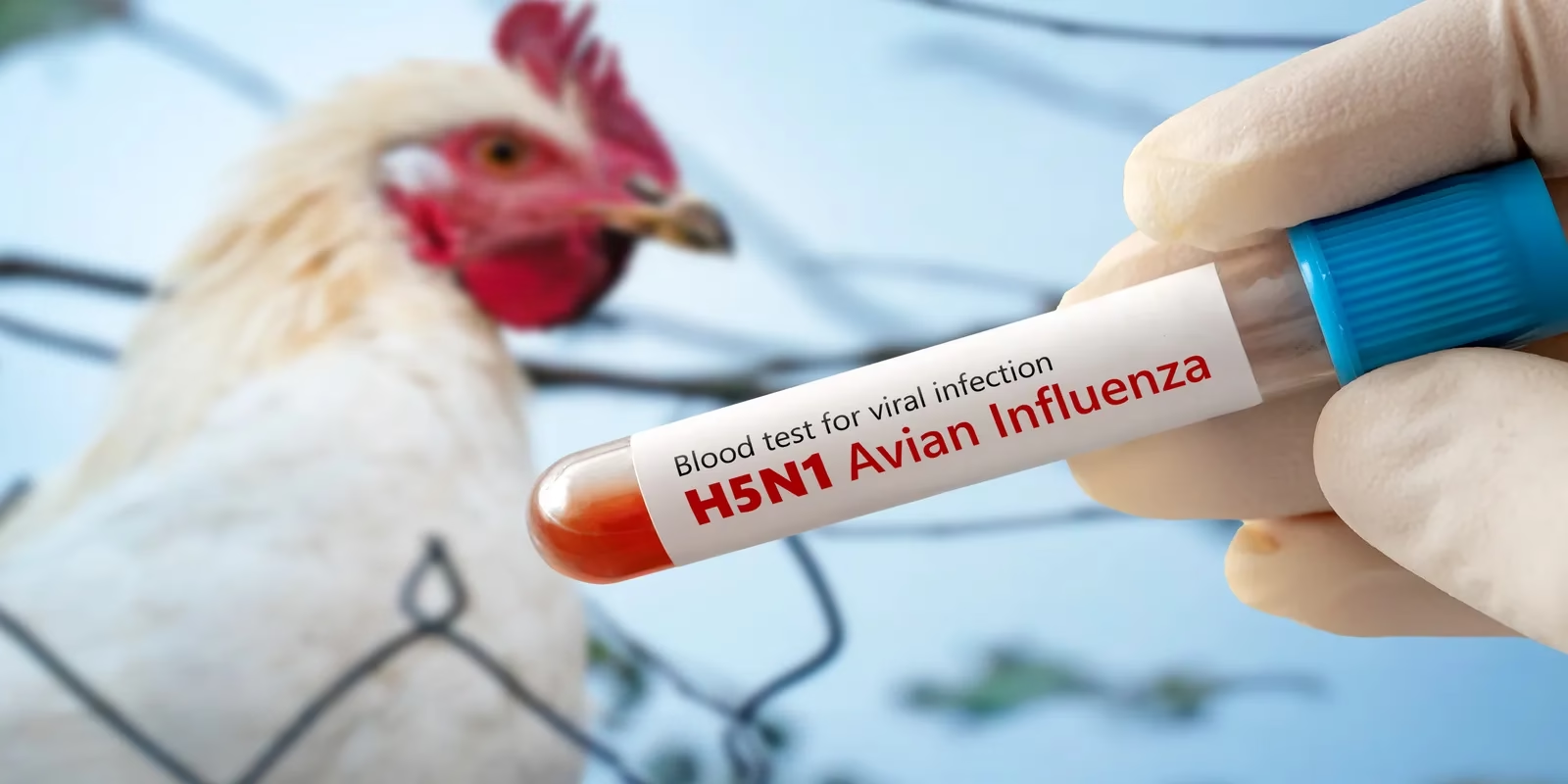The spread of avian influenza, commonly known as bird flu, continues to devastate poultry flocks globally, contributing to higher food prices and supply disruptions. Alarm has grown as the virus has spread to mammals, including dairy cows in the US, raising concerns of a potential pandemic.
The H5N1 strain, responsible for significant poultry losses, recently resulted in the death of one individual in the US. Additionally, the H7N9 strain has proven particularly deadly, with the World Health Organization (WHO) reporting a 39% fatality rate, killing 616 out of 1,568 infected people since its discovery in China in 2013. Despite these alarming figures, the WHO has stated that both strains do not currently exhibit easy human-to-human transmission.
The most recent H7N9 outbreak was confirmed on March 13 on a commercial broiler breeder farm in Noxubee, Mississippi, with 47,654 chickens affected, according to the World Animal Health Organisation (WOAH). Authorities in Mississippi have yet to comment on the situation.
Complicating response efforts, the US government’s bird flu mitigation was initially disrupted during the Trump administration. However, coordination efforts have resumed, and the US Department of Agriculture (USDA) has committed $1 billion to combat the virus’s spread.



